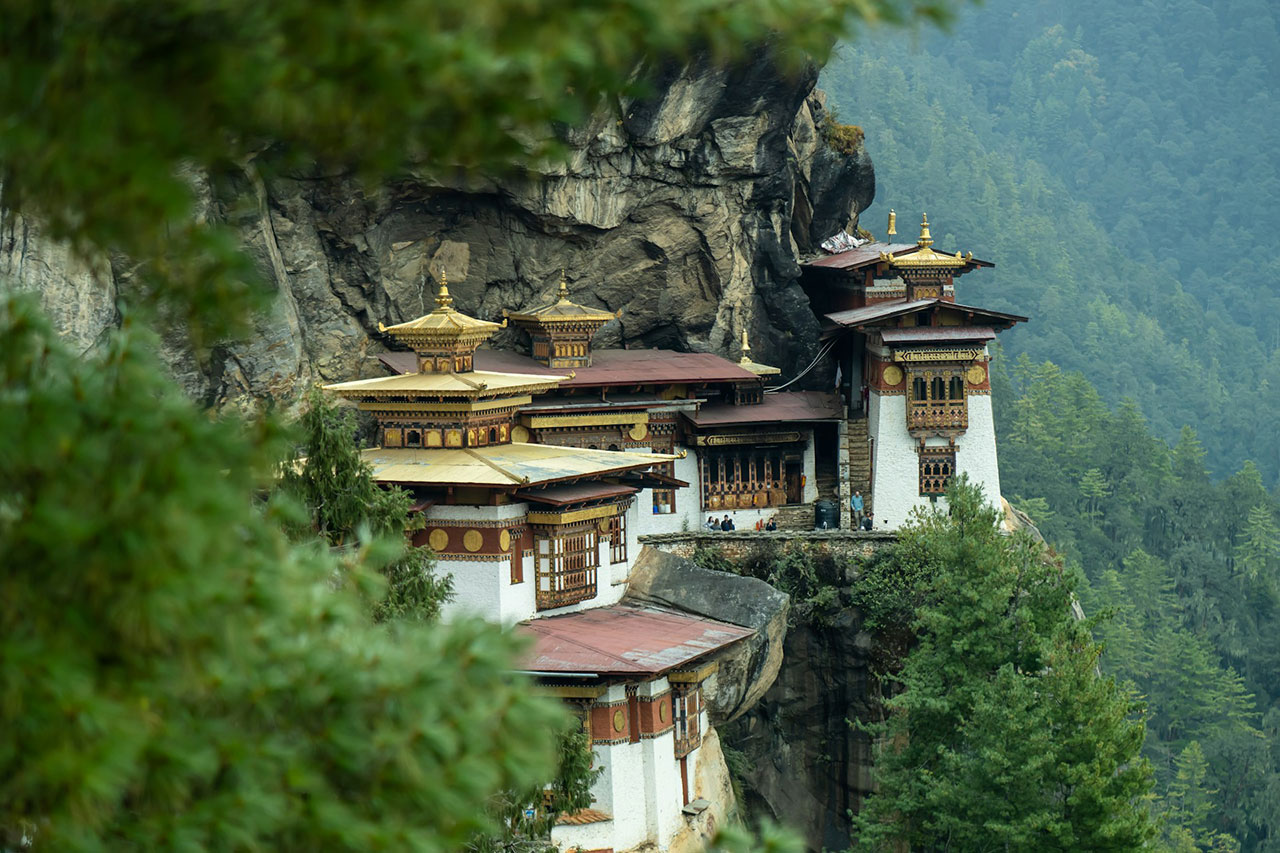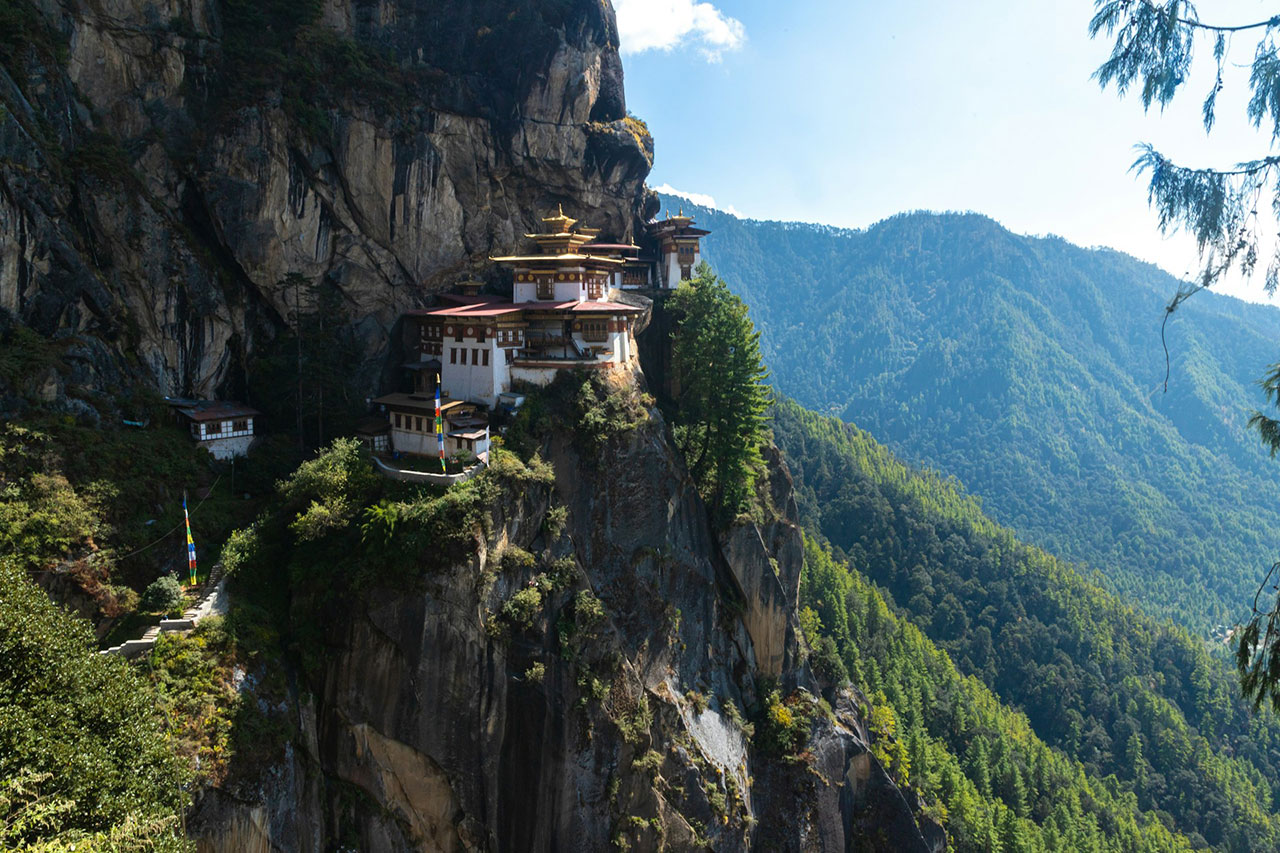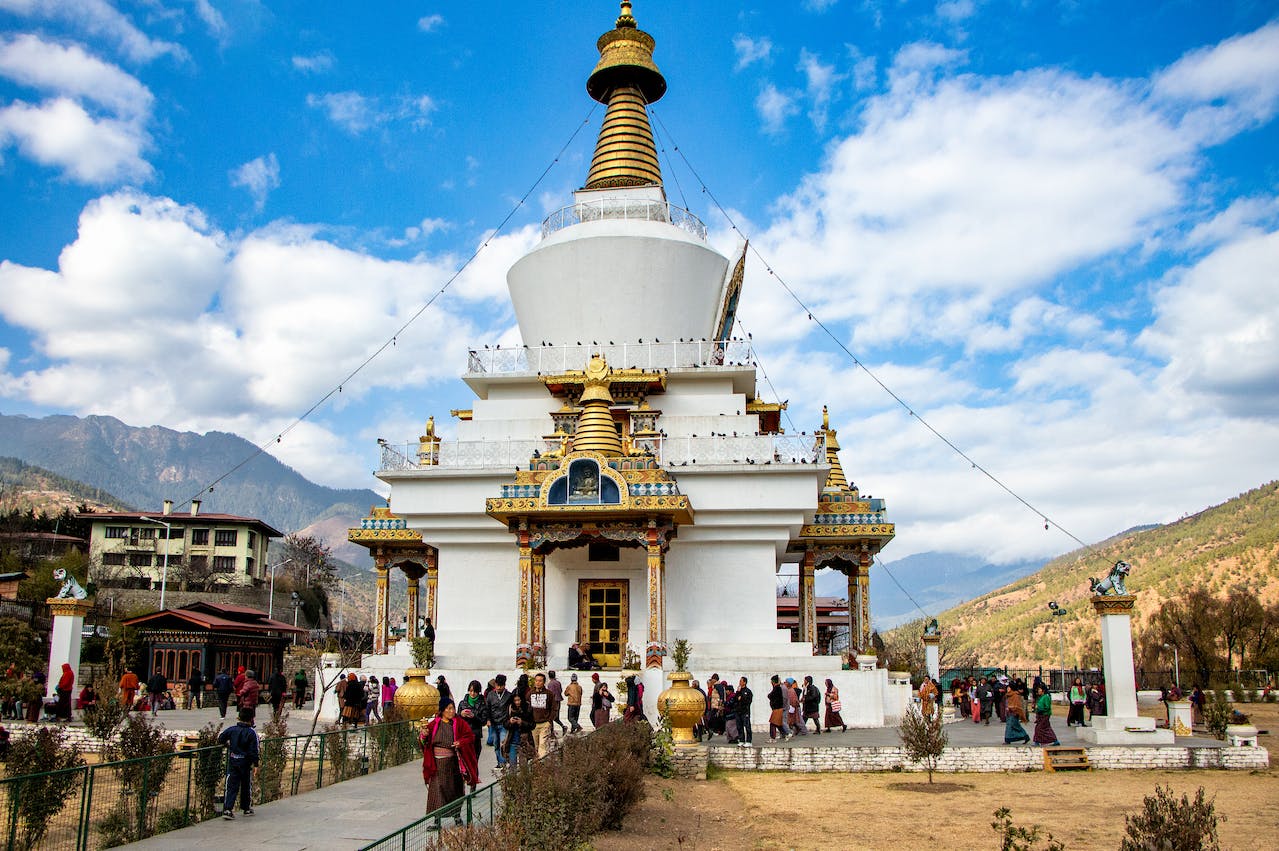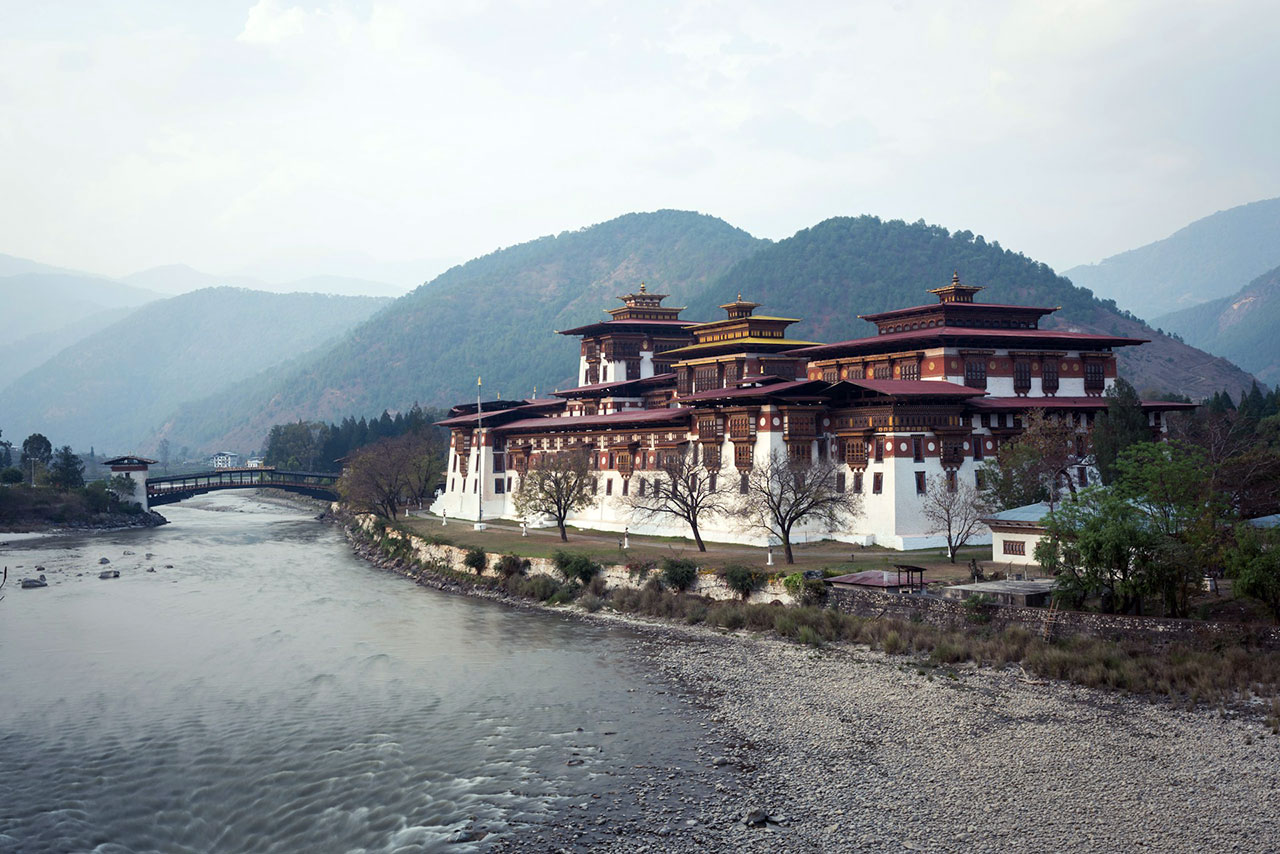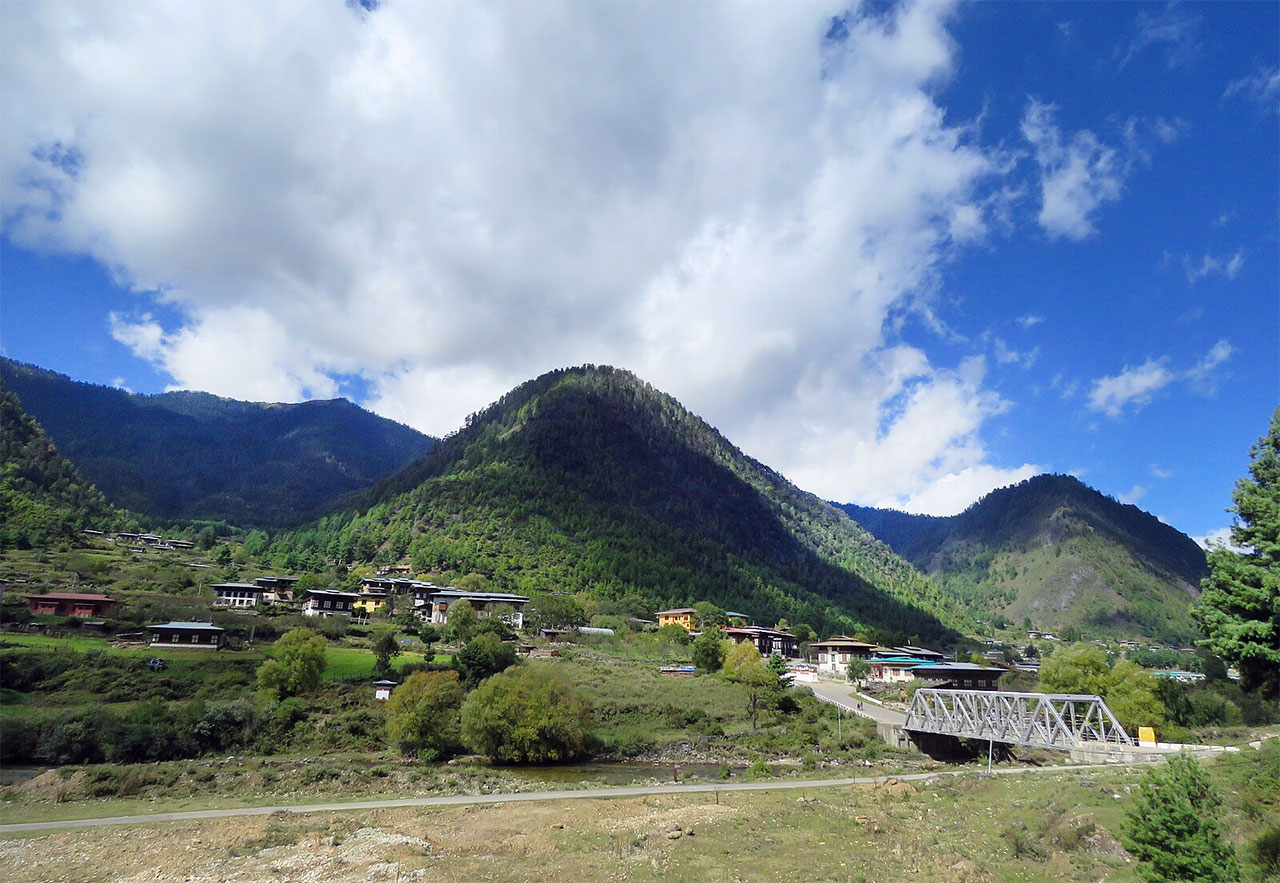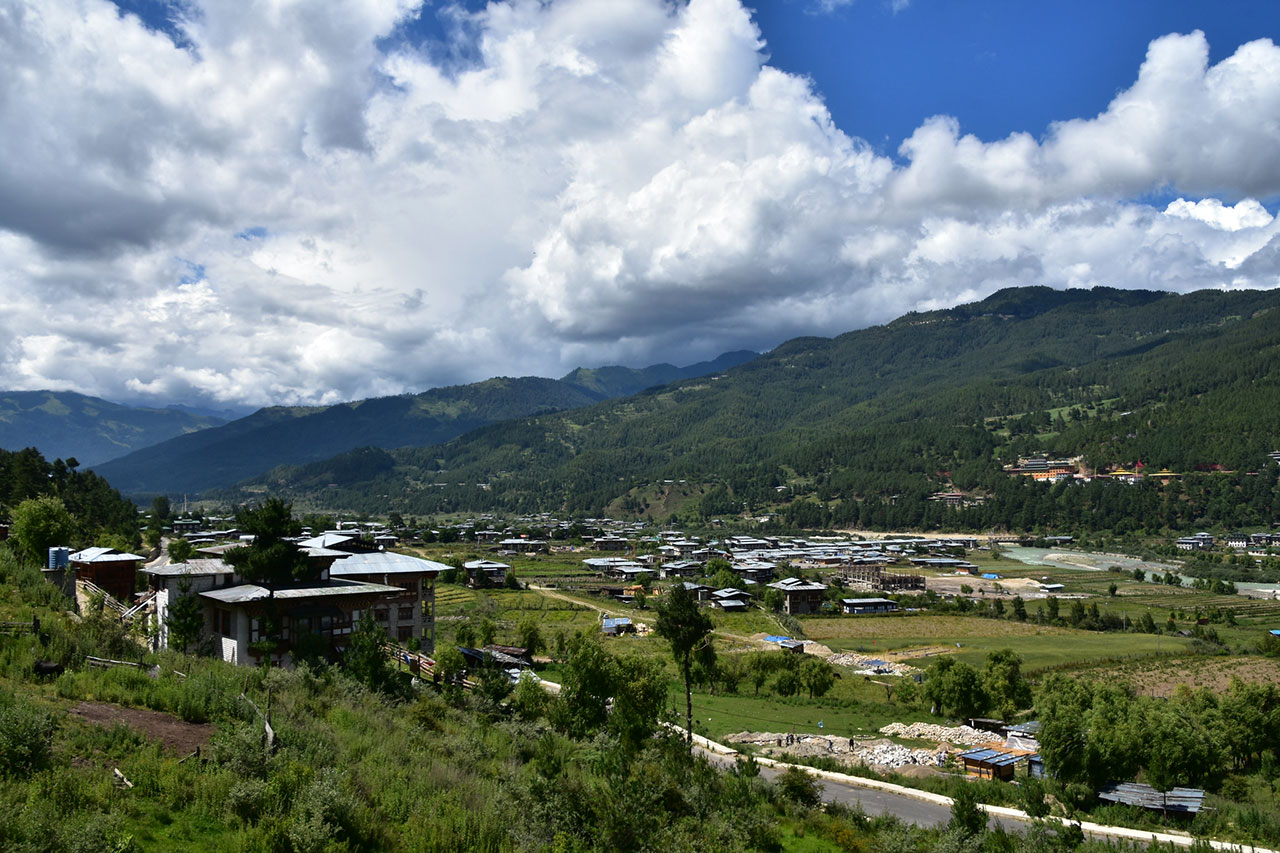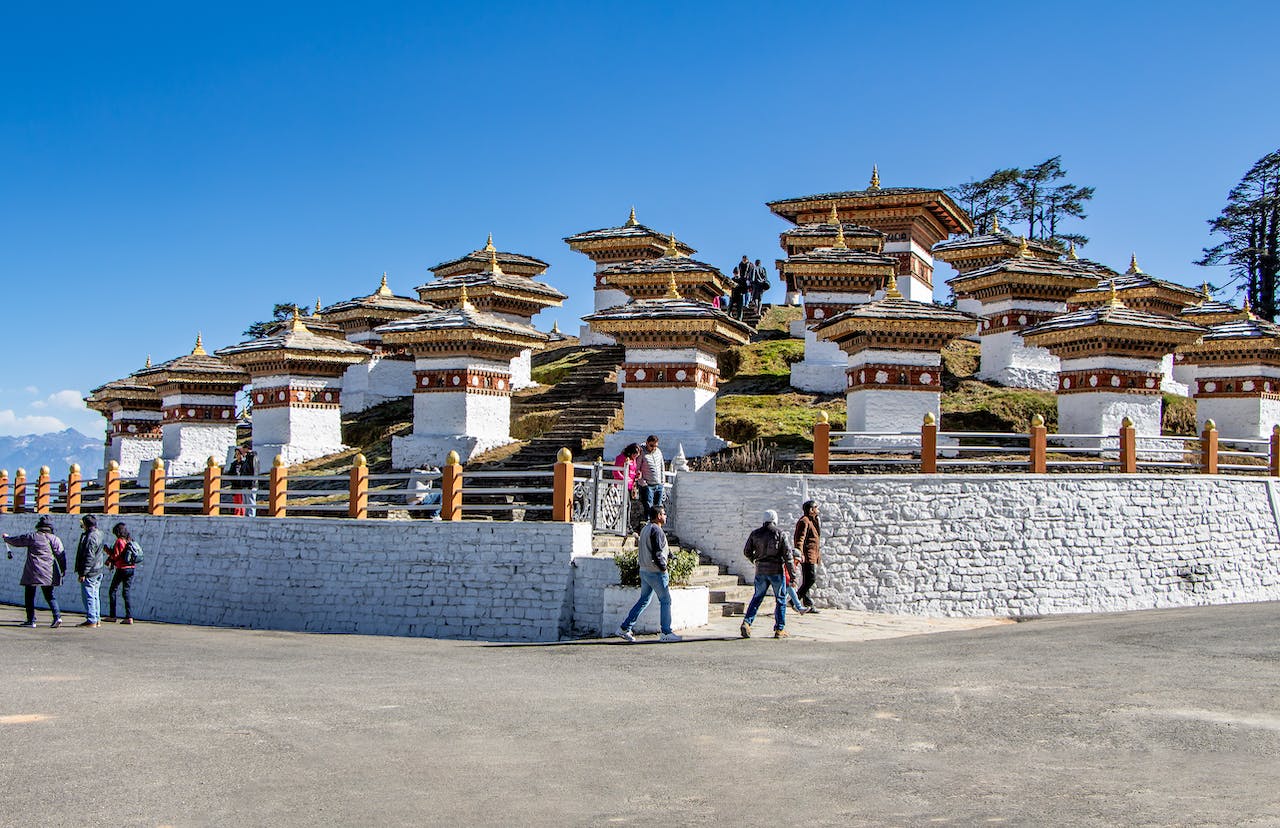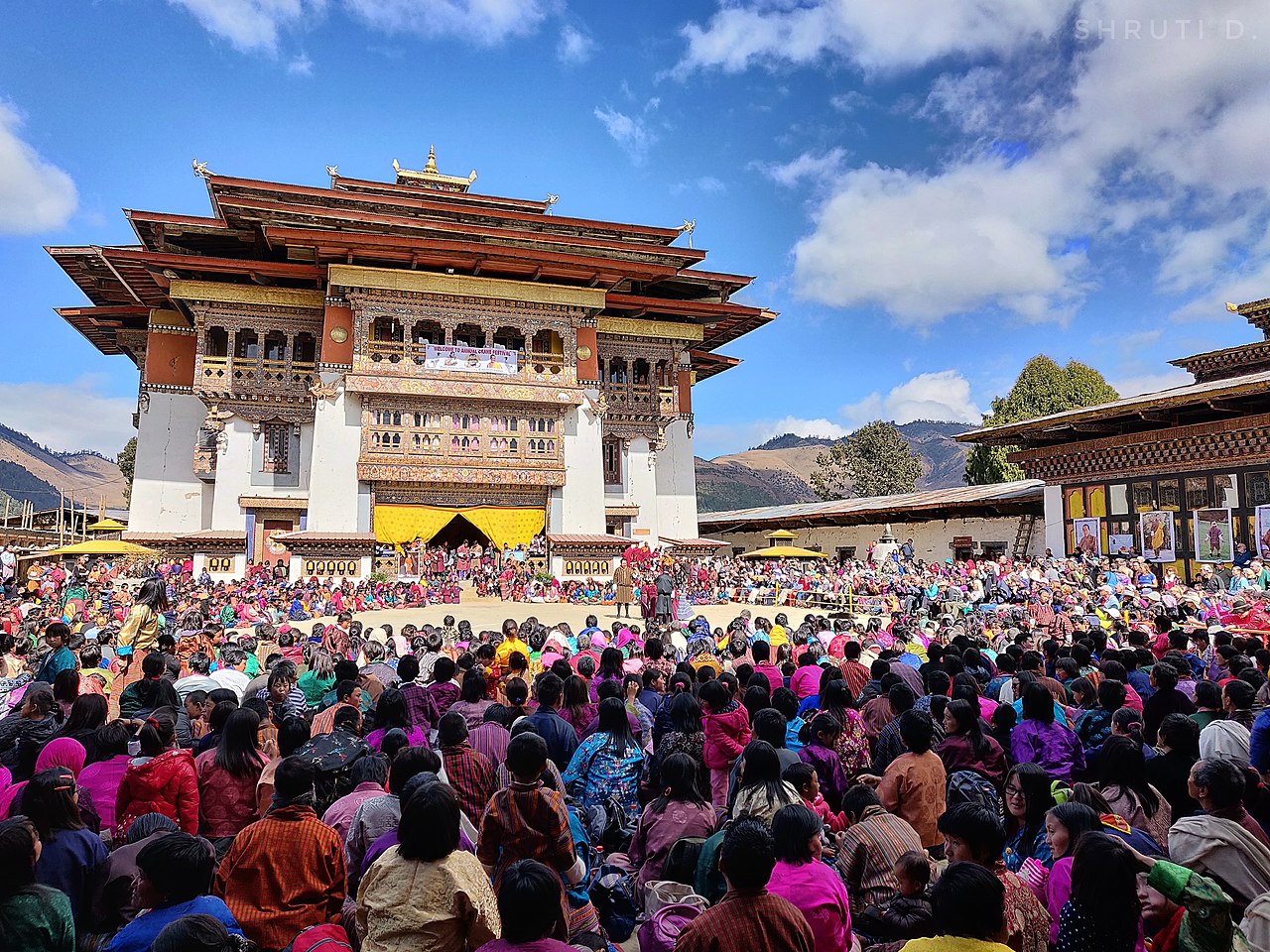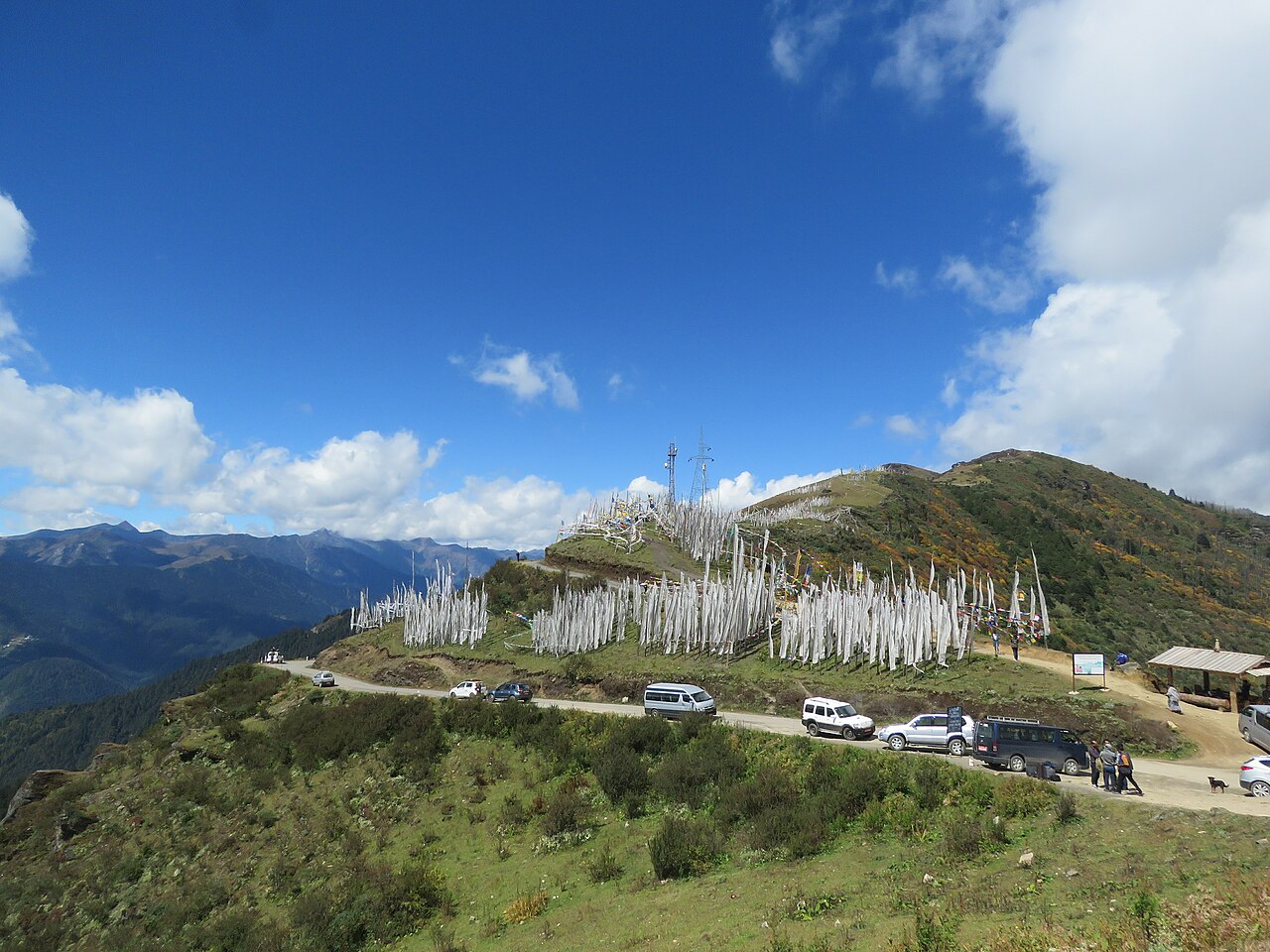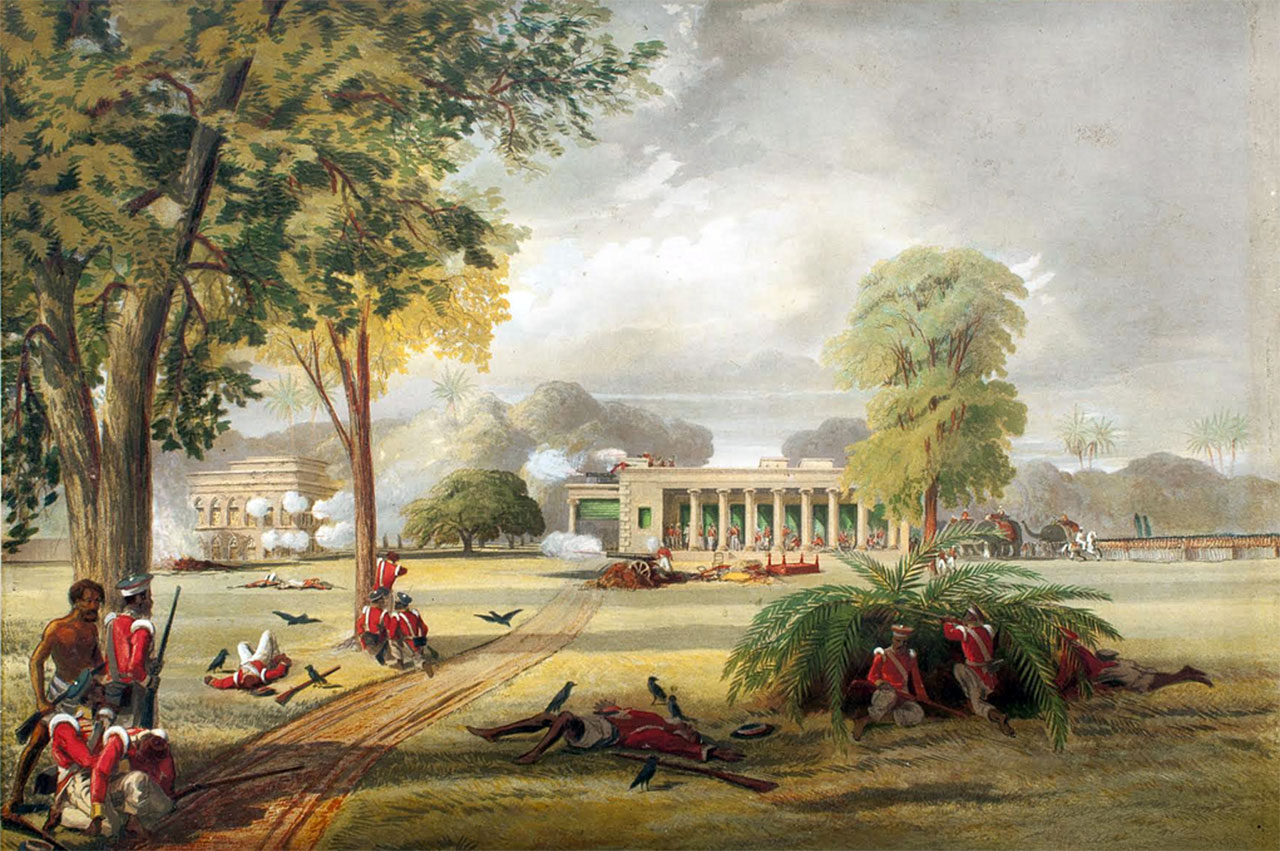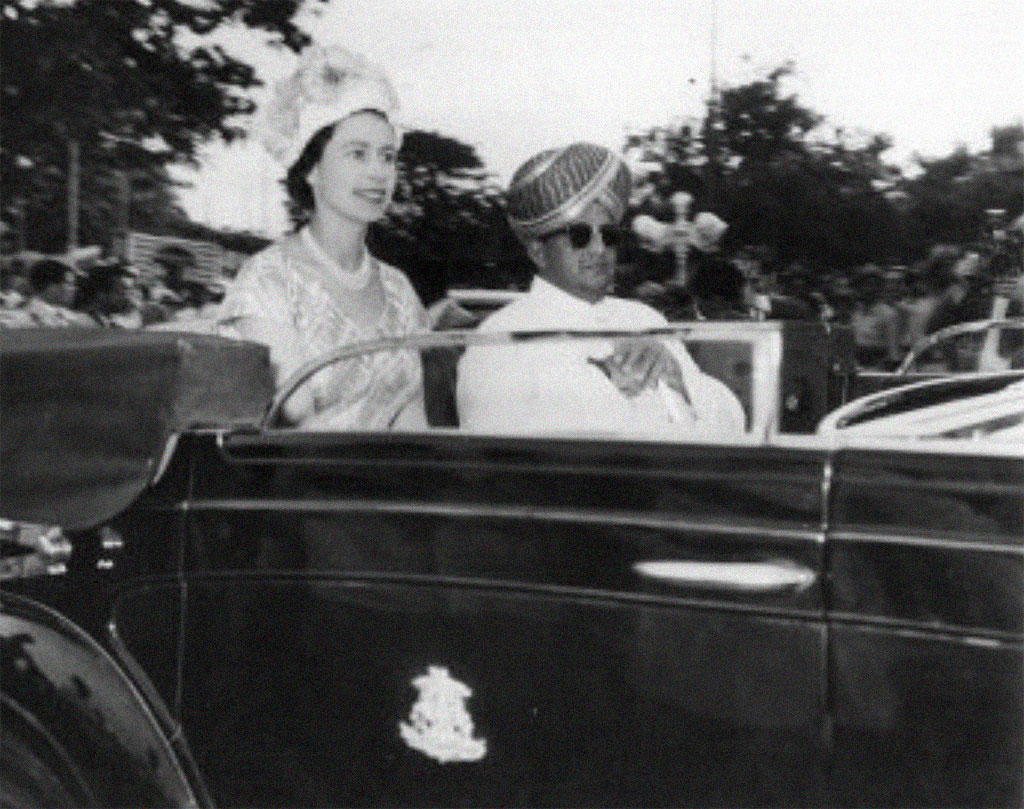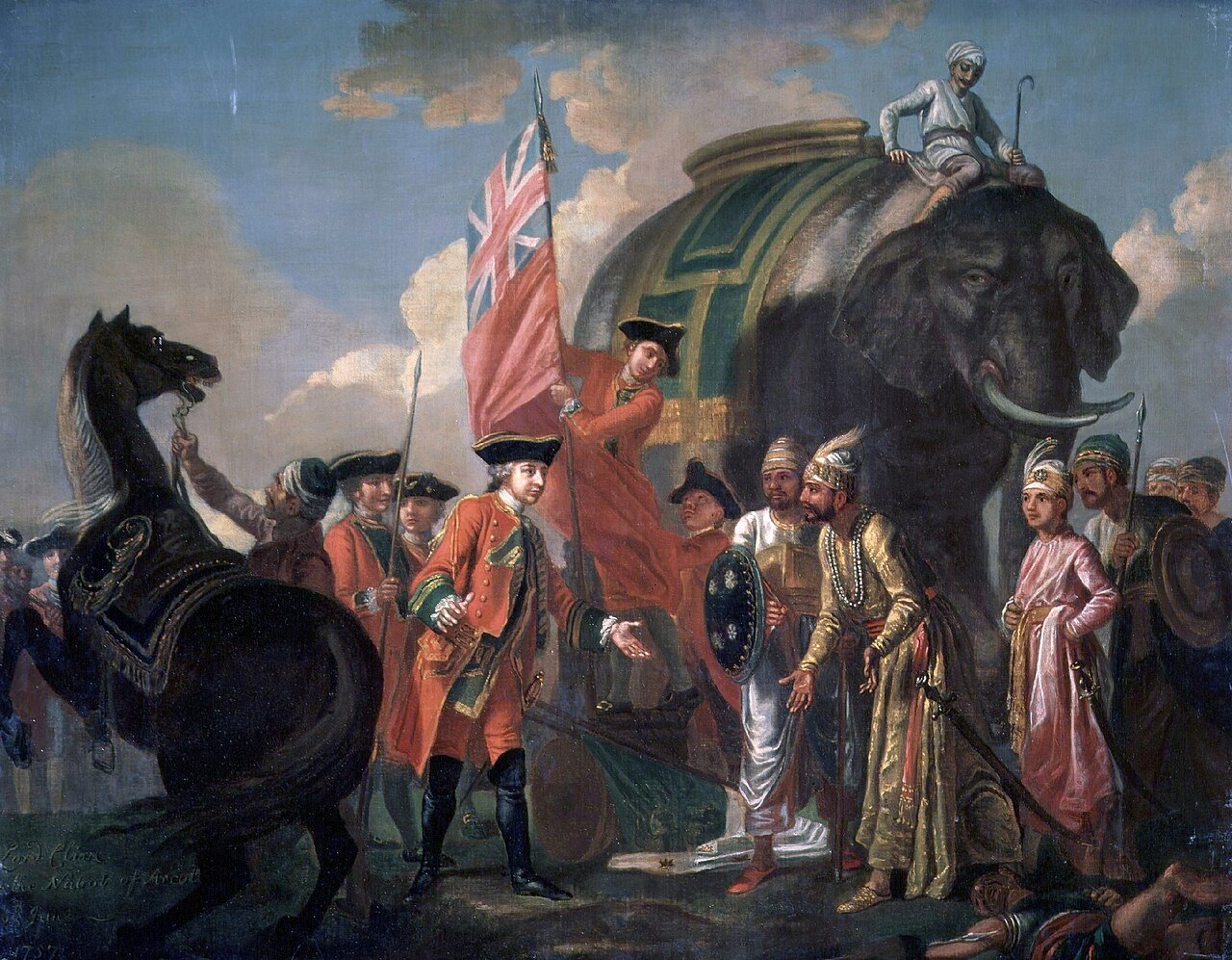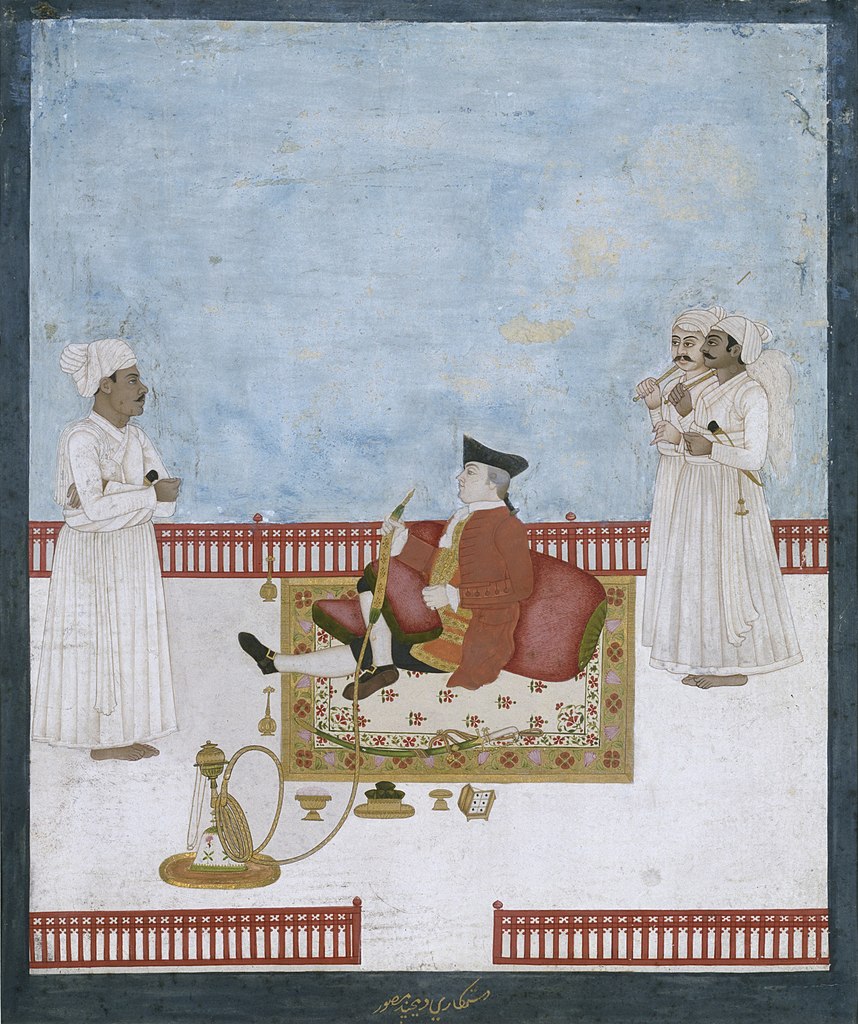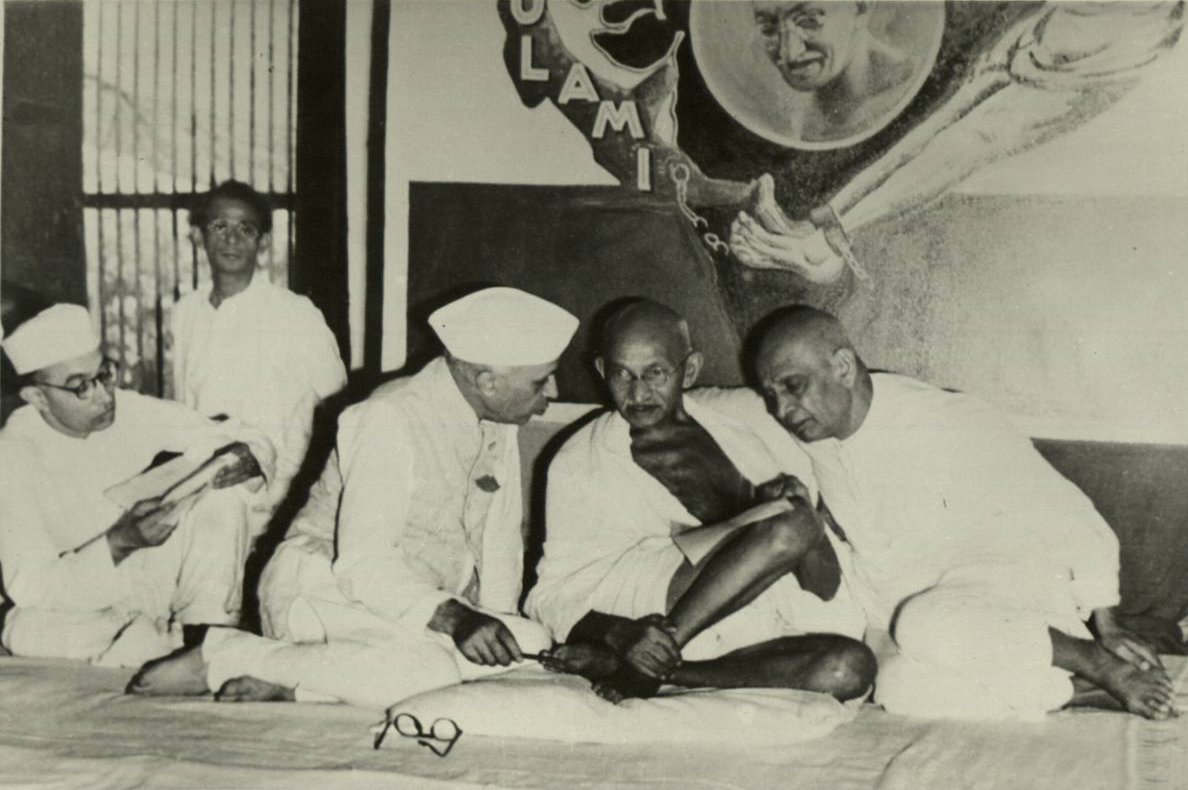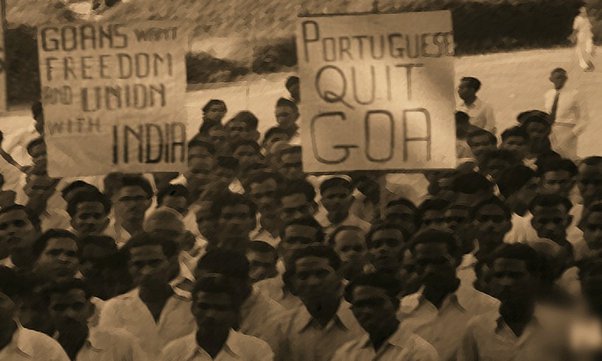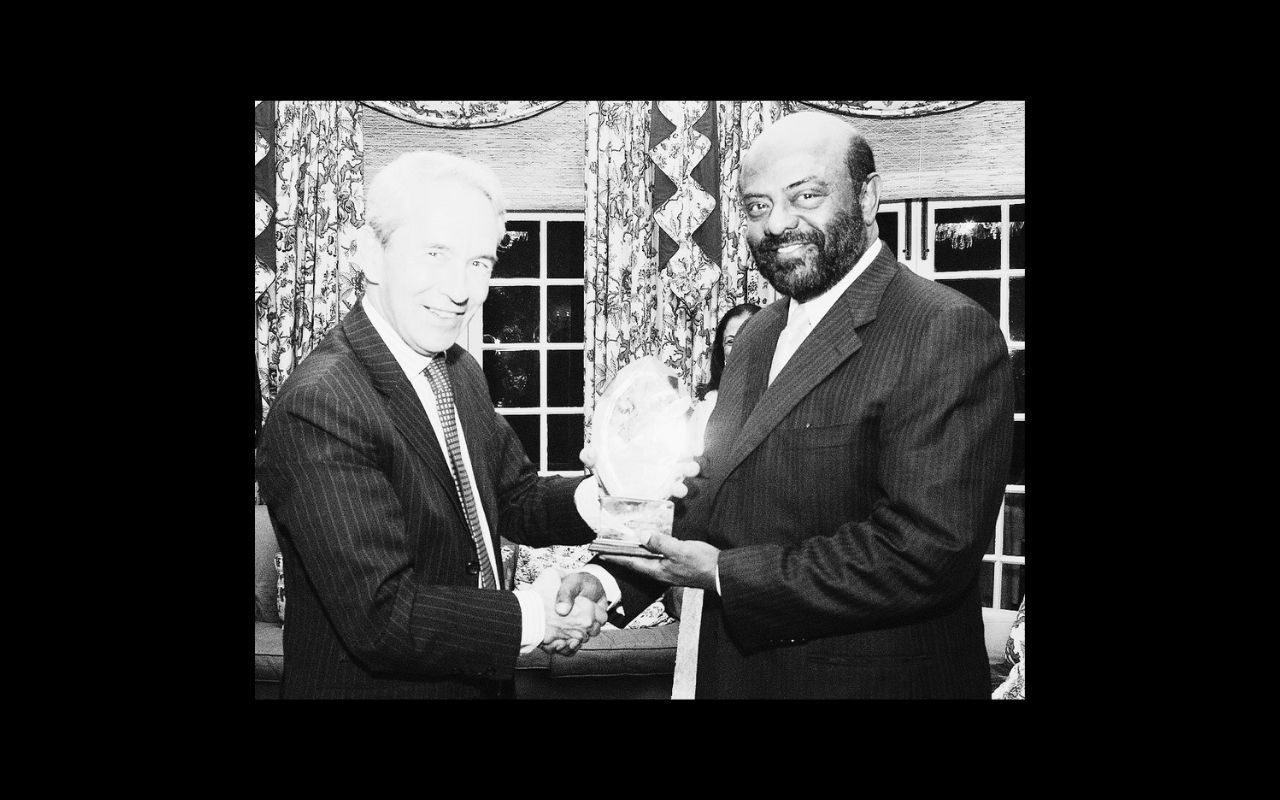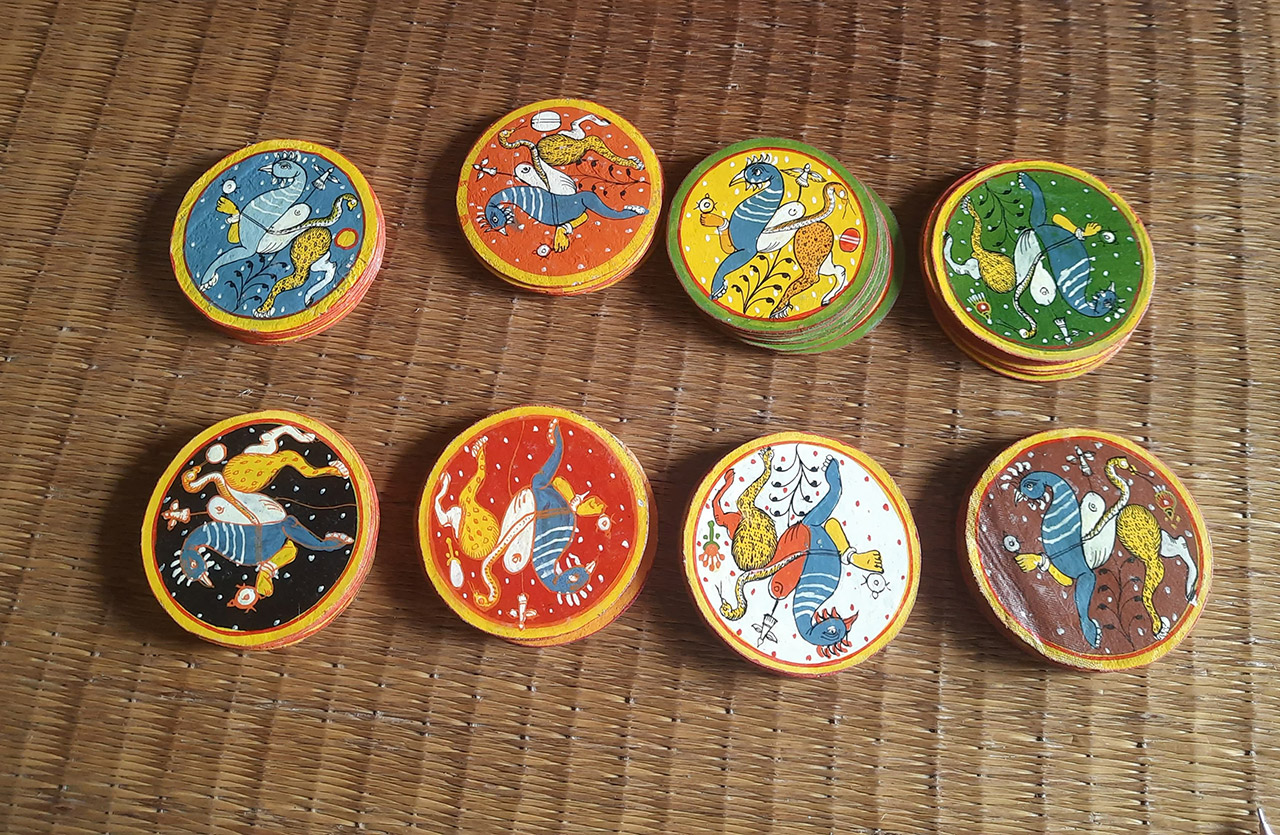
“Empowering Voices: 10 Delhi Government School Children Shine at Inclusive Art Festival in Delhi’s Ambedkar Nagar, Tigri, and Khanpur region!”
10 Govt. Schools | 2500 children impacted |15 facilitators
Where: Government Girls Senior Secondary School, Dr. Ambedkar Nagar, Sec-IV (Tigri School), New Delhi, 110062
When: 12th &13th February 2024
Timings: 10:00 am to 2:00 pm
New Delhi, Monday 12th February 2024
Kalakriti Arts Festival
Entirely conceptualised with children from 10 govt. schools in Ambedkar nagar, Tigri and Khanpur area of New Delhi, the Kalakriti Arts Festival is a 2-day visual delight- with art installations, artful corners, exhibitions, interactive spaces and performances by students.. The festival is unique, and a first-of-its-kind community arts festival – dedicated to making the community experience the power of art firsthand.
NalandaWay Foundation through KAF, brings together artworks, theatre, music and dance performances to the community at large. For the festival, children from different schools came together with 15 artists of NalandaWay to create large art installations, and expressive performances over the last year. While the event is the culmination of artful sessions over a short period, NalandaWay Foundation intends to flag off the idea of celebrating community ‘arts fest’ on a continuum, thereby celebrating arts with, for and within the community. ‘Kalakriti’ which is also the name of the ‘NalandaWay Arts’ and Learning Centre’ situated in that area, has been offering arts, music, wellbeing and other life-skills sessions to children, adolescents and youth in the area over the past few years.*
NalandaWay Foundation will also offer workshops, training and resources which are planned for children, adolescents, mothers, and others in the community. The vision of Kalakriti festival and the centre is to use the power of arts for enhancing coping skills from anxieties, stress and building resilience among children and youth.
During the 2 day festival, audiences and the community can witness children’s artworks, spanning multiple art installations, engage in interactive spaces and art productions and experience arts up close. The festival is accessible to all, open to community members, parents especially- to immerse, appreciate and indulge in arts and relive the creative freedom that art offers.
Sriram Ayer, Founder and CEO of NalandaWay Foundation concedes, “Kalakriti has been envisioned as a gathering place for children and adolescents to learn the arts, express their fears, joys and dreams through the arts, and build hope and resilience. It is also a safe space for them to share their anxieties between their peers and seek help. Kalakriti will of er regular classes in visual and performing arts. The centre will also of er art therapy and counselling to adolescents, parents and other caregivers. These training and resources will be of ered at the centre and in the schools located in the community.”
Dr. Rita Sharma, Additional Director, DoE, and Director SCERT :“Children of Ambedkar Nagar area are very talented. I saw the artwork around today at the exhibition, showing what these children have been learning from the NalandaWay Foundation. It is commendable that NalandaWay Foundation has been taking this initiative in the 10 schools in this area and training the children on arts. Who knows some of these children can also become wonderful artists of tomorrow! I hope programs like this benefit children, making their time in school memorable, and giving opportunities to learn more than just academics!”
About NalandaWay Foundation
NalandaWay Foundation uses art, both visual and performing, as the primary lever of change to address learning and well-being gaps that are faced by children and adolescents from the most underserved and vulnerable communities in India.
Our vision is to empower disadvantaged children and adolescents through art and nurture them into hopeful, resilient, fearless individuals. Over 17 years, we have gained robust experience in end-to-end project management and delivery of large-scale programs in several Indian states, impacting more than 6 million (60,00,000) children, so far. Since its inception, Art has been our catalyst to channel and build our projects with the lens of inclusion, gender, well-being and intersectionality. Our programs have evolved from directly reaching out to children in rural areas and urban slums to working with Anganwadis, children’s homes, rural panchayats, and government and corporation schools across the country. NalandaWay envisions using art as a medium to learn and heal for children from challenging socio-economic backgrounds.
NalandaWay Foundation
HeadQuartered at: AH-123, 4th Street, Anna Nagar, Chennai 600040
Delhi office: D-51 A, East of Kailash, New Delhi- 110065
contact@nalandaway.org | www.nalandaway.org














